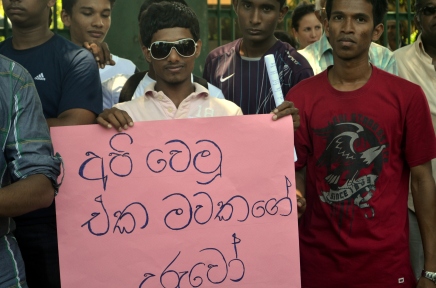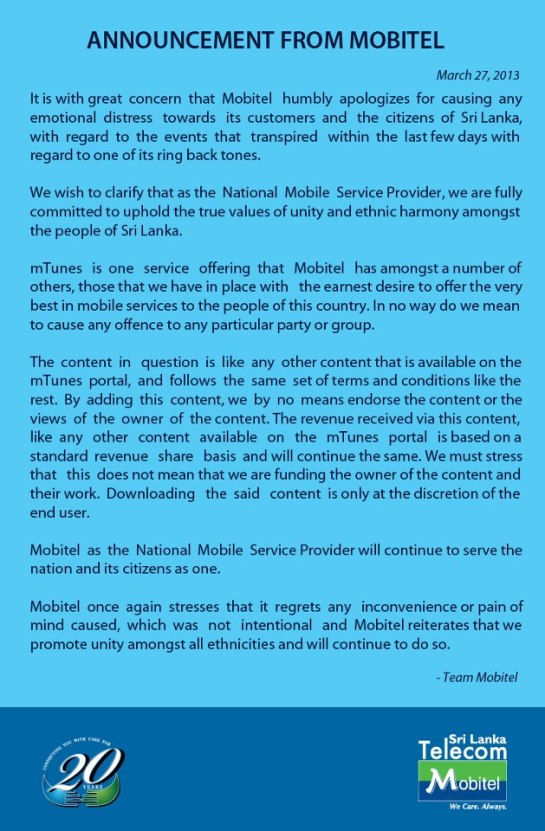Galle Face (and a shameless plug for my Instagram)
Washed out streets and a clean Colombo welcome the start of SAES2013. A literary metaphor for a fresh beginning? Perhaps. But also an ominous symbol of one the themes of the conference. The weather in Colombo hasn’t been normal for years now. When I was a kid, the monsoon was like clockwork, April was always hot, August was rainy, and December offered slight relief from the repressive humidity.
Over the last year mostly, and the year before that somewhat, Colombo has felt more like a mildly warmer version of the Central Hills. Not that I’m complaining. I hate the humidity, and now I just need some mosquito repellent to grab a good night’s sleep on most nights. The reprieve gave way to a month or two of absolute scorchers, but that is a price I’m willing to pay. I like the new Colombo weather.
However, this post is not about weather, at least not in the conventional, hi-how-are-you-doing-its-very-hot-no? kind of way. Climate change, the likely culprit of Colombo’s newfound coolness (a very relative term still), is a major problem for the region. And a topic that the South Asian Economic Summit (SAES 2013) where I’m sitting at right now, is quite concerned about.
The unpredictability of monsoons, while mildly inconveniencing the city’s cubicle warriors with cumbersome umbrellas, plays havoc in the region’s agricultural sector, the rise in sea level threatens low lying islands, the melting of ice caps in the Himalayas threatens norms of water flow and while Colombo may have been benefitted with a welcome bout of cooler weather other parts of the region have feced extended spells of debilitating heat. Besides, of the sea level rises that stroll along Galle Face could soon turn into a wade. All these changes affect millions of lives and threaten the already struggling development processes of the region.
The carbon neutral conference happening in Colombo right now is talking about how to address this and many other problems. It’s easy to be cynical in adventurous discussions like the ones taking place today, especially being in a region bogged down by political corruption and policy blindness. Economists and policy wonks can talk and talk but you and I know that when it comes to implementation it always boils down to what the politicians stand to gain on the ground.
But ideas are important. Ideas, if powerful, can eventually trickle through the political processes, even those as mired as the ones in S. Asia, and create some change down the line. People here are talking about regional integration, investment promotion, collective agricultural initiatives, regional transportation and energy management etc. All very adventurous stuff for countries with long histories that are used to justify enmity just as much as to justify friendship.
The conference live streams here. Join the discussion on Twitter on #saes2013.
























